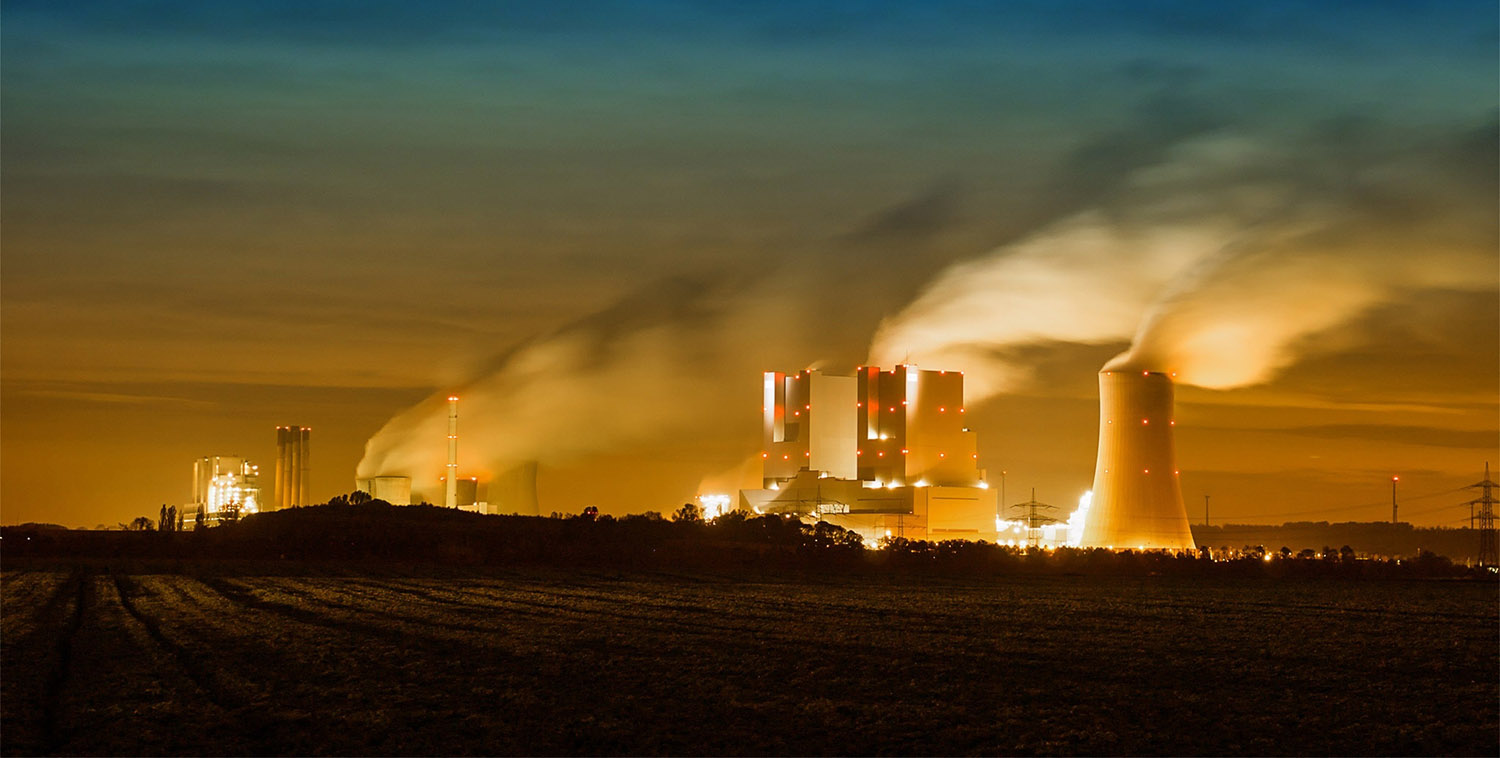OTHER SERVICES

Coal Tar
Coal tar is a viscous complex liquid mixture of hydrocarbons phenols and sulphur-containing compounds, derived, along with coke, from the destructive distillation of coal in coking ovens. When coal is burned, the condensation of vapours and gases given off formed the coal tar. According the US Coast Guard Emergency Response Notification System (ERNS), coal tar is one of the most commonly spilled petroleum products in the U.S. Coal tar itself may also be subjected to distillation, a process that separates groups of the components of coal tar from groups of others. The coal tar is heated, causing a number of the components to vaporize at their boiling points; these vapours are then condensed to liquids. The substances derived from this process are often called “coal tar distillates.”
Tars in general are obtained through destructive processing of coal, wood, or petroleum. Coal tar, asphalt, and various other petroleum products are all different products. Exposure to coal tar can occur in:
- paving
- roofing
- waterproofing
- foundries
- coal gasification plant
- coke oven
- wood preservation
Technique: TD/GC/MS
Method: EPA TO-17
Parameters:
- Acenaphthene
- Acenaphthylene
- Benzene
- Biphenyl
- Dibenzofuran
- 1-Ethyl naphthalene
- 1-Methyl naphthalene
- 2-Methyl naphthalene
- Naphthalene
- Styrene
- Toluene
- m/p-Xylene
- o-Xylene
Source:
http://www.nature.nps.gov/hazardssafety/toxic/coaltar.pdf